How to choose industrial camera?
Industrial camera is a key component of machine vision system. Industrial camera is usually installed on the machine assembly line instead of human eyes to measure and judge. Choosing the right camera is also an important part of the design of machine vision system. How to choose the right industrial camera? When choosing the lens of industrial camera, what should we pay attention to? What's the problem? Let's get to know it together.
Requirement analysis
Accurately describing the functions and working environment of the machine vision system is very important for the successful integration of the whole machine vision system. For the description of requirement, the scene of visual system work is actually defined, and the goal of our work is to design a system around this scene to obtain the appropriate image, extract useful information or control the production process.
How to Choose an Appropriate Industrial Camera
1. Area/Linear Array Camera
For static detection or general low-speed detection, area array camera is preferred, and linear array camera is used for special applications such as large-scale high-speed motion or roller motion.
2. Selection of Resolution
Firstly, the accuracy of the object to be observed or measured is considered, and the resolution is selected according to the accuracy. Camera pixel accuracy = unidirectional field of view size / camera unidirectional resolution. Then the camera's unidirectional resolution = unidirectional field of view size / theoretical accuracy.
If the single field of view is 5 mm long and the theoretical accuracy is 0.02 mm, the unidirectional resolution is 5/0.02=250. However, in order to increase the stability of the system, it is not necessary to use only one pixel unit to correspond to a measurement/observation accuracy value. Generally, a multiple of 4 or higher can be chosen. So the camera needs a unidirectional resolution of 1000, and 1.3 million pixels (1280*960) is enough.
Secondly, looking at the output of industrial cameras, it is helpful to have high resolution if it is observed by posture or analyzed by machine software; if VGA output or USB output is observed on the display, it also depends on the resolution of the display; if the resolution of industrial cameras is high, the resolution of the display is not enough, it is meaningless to use the memory card. Or photographic function, high resolution industrial cameras are also helpful.
3. Frame Rate Selection
Choose static detection as far as possible, so that the cost of the whole project will be reduced a lot, but it will bring about a decrease in detection efficiency. For moving, using frame exposure camera and row exposure camera will cause picture distortion. For specific frame rate selection, we should not blindly choose high-speed camera, although the frame rate of high-speed camera is high. However, it is generally necessary to strengthen the illumination outside, which brings about high cost and great pressure on image processing speed. It needs to be determined according to the relative motion speed. As long as the measured object can be captured in the detection area, such as the field of view with the observation length of 1 meter, the measured object can cross the field of view with the movement speed of 10 meters/second, only 10-1 is needed. A camera with a speed of 100-120 frames/seconds is required to capture the object at a speed of 2 frames/seconds, but at a speed of 0.1 meters across the field of vision.
4. Matching with Lens
Sensor chip size should be less than or equal to lens size, and C or CS mounting seat should also be matched.
Notes in selecting industrial camera lenses:
1. Interface type: C interface or CS interface, the interface distance of C interface is 17.5mm, and that of CS interface is 12.5mm. If you use the wrong interface, you can't focus.
2. The matching of camera and lens: the lens should be selected according to the size of the photosensitive device, and the lens corresponding to the imaging circle should be selected for the 2/3 inch photosensitive chip. If the 1/3 or 1/2 lens is selected, there will be a large dark angle.
3. Camera color: In industrial visual inspection, black-and-white cameras are generally recommended, because software processing is generally converted to gray data processing, so in general, black-and-white cameras are used to detect items with color characteristics.
4. The combination of depth of field and light environment, sufficient light, with light source illumination place can choose small aperture, increase depth of field, improve shooting clarity. Where there is insufficient light, a slightly larger aperture or a high-sensitivity photosensitive chip is needed.
Above is the method of choosing the suitable industrial camera and the problems that should be paid attention to when choosing the lens of the industrial camera. I hope that the above content will be helpful to everyone. The selection of the camera not only directly determines the image resolution and image quality, but also directly relates to the operation mode of the whole system. If the selection is not clear, you can consult our customer service, inform the project needs, can help recommend the selection.
Product recommendation
TECHNICAL SOLUTION
MORE+You may also be interested in the following information
FREE CONSULTING SERVICE
Let’s help you to find the right solution for your project!
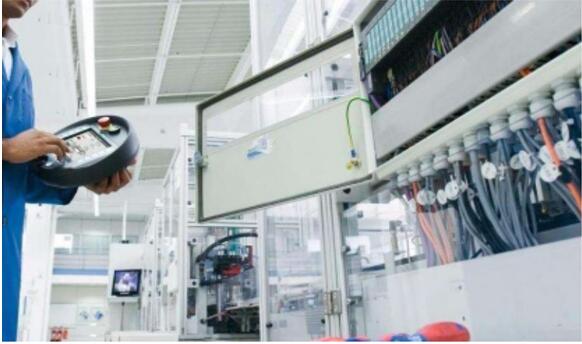


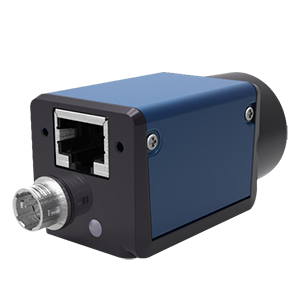
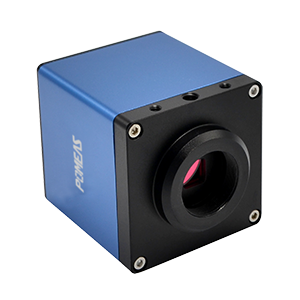
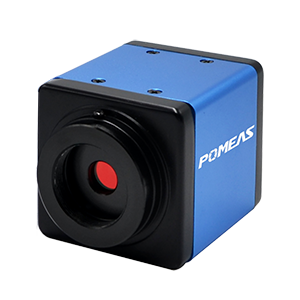
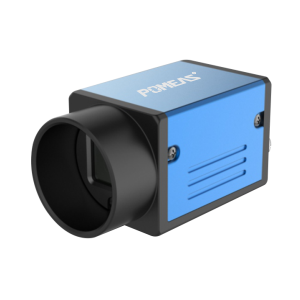
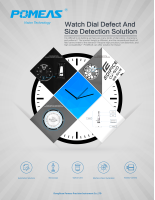
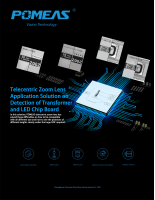
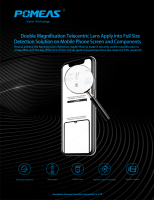
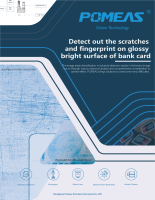
 ASK POMEAS
ASK POMEAS  PRICE INQUIRY
PRICE INQUIRY  REQUEST DEMO/TEST
REQUEST DEMO/TEST  FREE TRIAL UNIT
FREE TRIAL UNIT  ACCURATE SELECTION
ACCURATE SELECTION  ADDRESS
ADDRESS Tel:+ 86-0769-2266 0867
Tel:+ 86-0769-2266 0867 Fax:+ 86-0769-2266 0867
Fax:+ 86-0769-2266 0867 E-mail:marketing@pomeas.com
E-mail:marketing@pomeas.com
